Project Type:
Artwork
Category: Theatre
Client: Anarchy Dance Theatre
Year: 2019
Location: National Kaohsiung Center for the Arts (Weiwuying)
#Performing Art
#New Media Art
#Stage Design
#Smoke
#Generative Art
#Optical Flow
Category: Theatre
Client: Anarchy Dance Theatre
Year: 2019
Location: National Kaohsiung Center for the Arts (Weiwuying)
#Performing Art
#New Media Art
#Stage Design
#Smoke
#Generative Art
#Optical Flow
The Eternal Straight Line
This is the third piece of artwork that Anarchy Dance Theatre collaborated with Ultra Combos.
Just as what dance choreographer Jeff Hsieh wrote, “What’s the end of death? It is like a lake, where people always look to the bottom of the lake, trying to comfort the wandering souls in the spiritual realm, but forget that the human world is the spiritual realm. So, is the final wandering soul a living person or a spirit of the dead? How far can death go? It is also like a black hole, an eternity where light cannot enter, guarding the end of time. That is the place where the most inferior equality of humanity exists.
If one day, one rides the light of technology and crosses the border of death, then, over there, what kind of place will “life” be? Being born from death and being thrown into the fire and ashes. In the unnamed habitat where living creatures linger like smoke, the appearance of the existence of all things is reflected. After the fog clears, the lake also becomes clear, and life and death will then be redefined.”
This time we tried to let the models be composed of smoke, combining light, laser, projection, and sound, and together with the dancers, and we constructed a flowing scene that discussed the proposition of life and death.


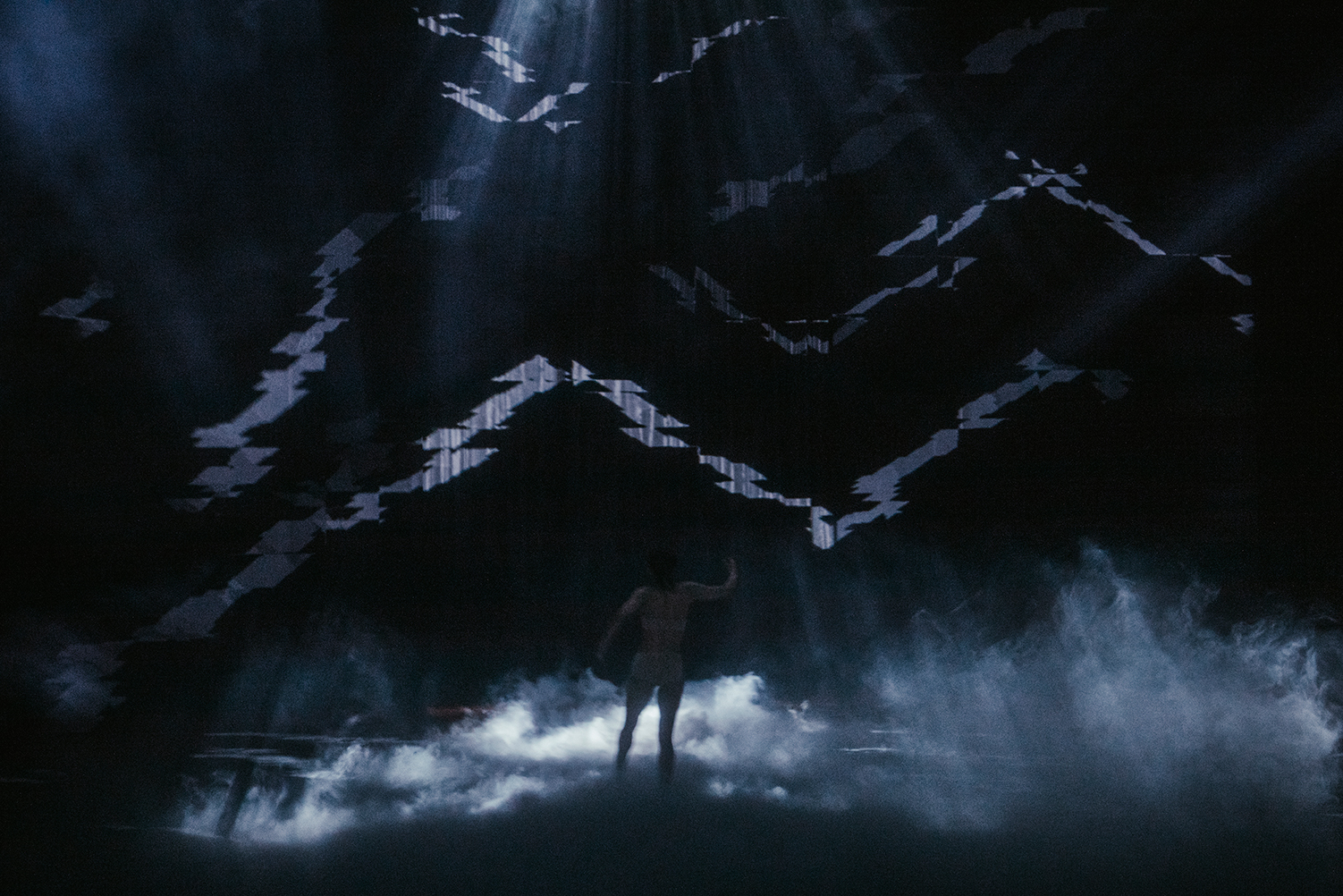
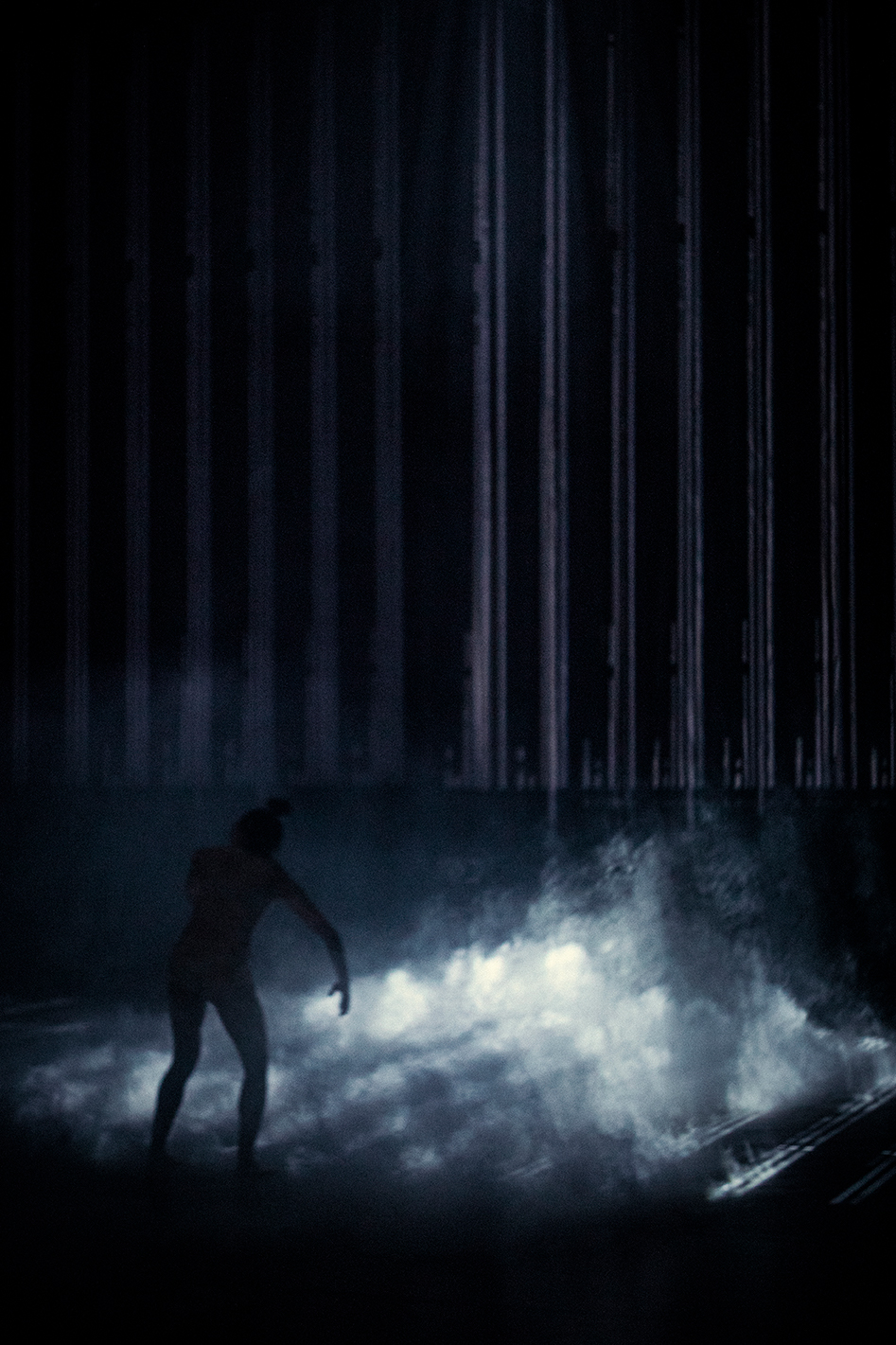

The Other Place – Visual Design
“The Other Place” is the original name of “The Eternal Straight Line.” “The Other Place” is a situation, while “The Eternal Straight Line” is a question to the audience. The development of the concept of this artwork is just like its name change. The entire team started out with the situation, and with dialectic and reflection, the team ended up taking it down a notch and headed towards a metaphysical question.
The development process can be sorted into three stages, “the process of physical (self) death,” “watching the process of death,” and “the meaning of death after the emergence of technology.” In the end, these also became the core vocabulary in the bare bones of the text and visual development.
The development process can be sorted into three stages, “the process of physical (self) death,” “watching the process of death,” and “the meaning of death after the emergence of technology.” In the end, these also became the core vocabulary in the bare bones of the text and visual development.


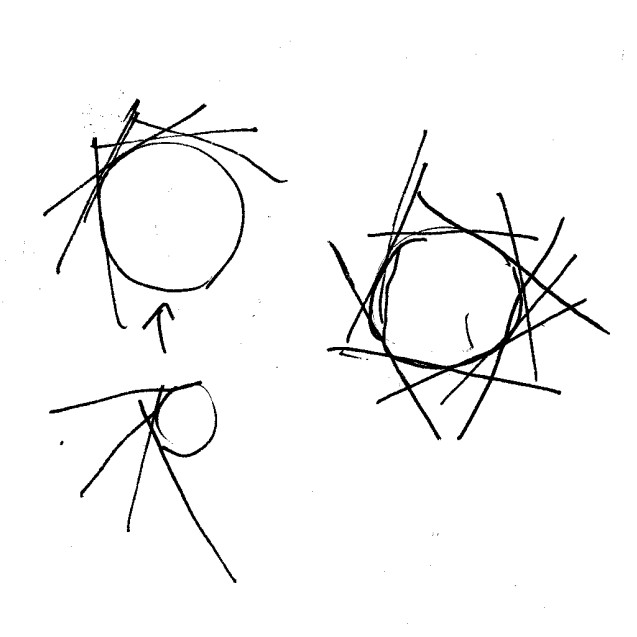
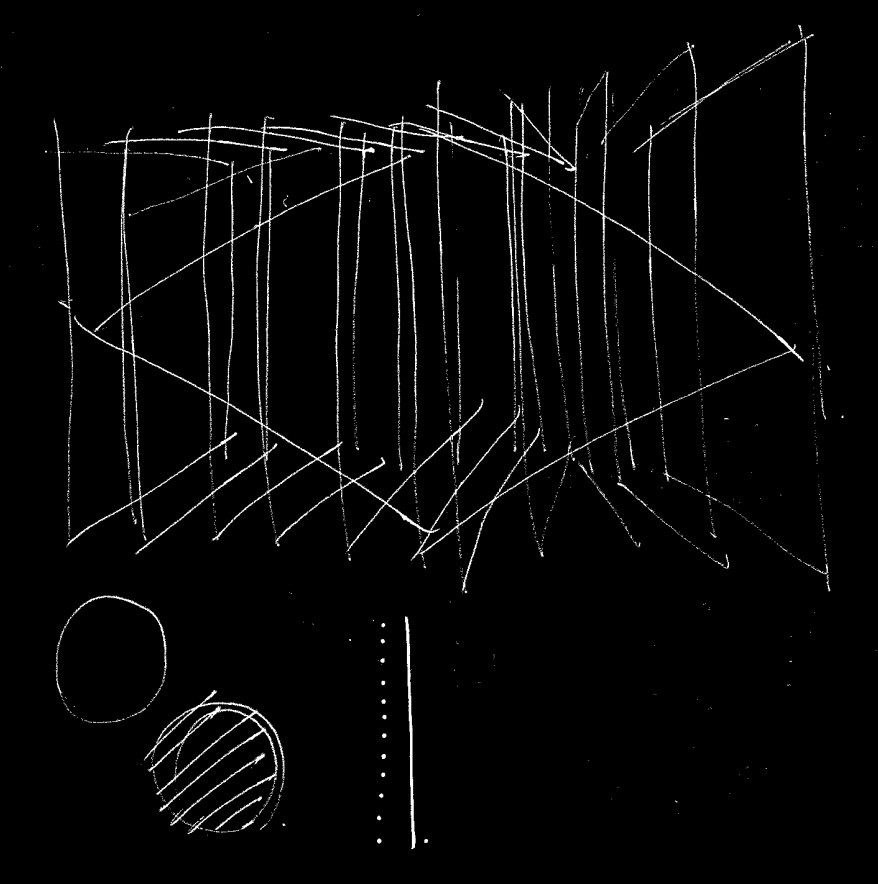



Another Dancer – “Smoke”
With the theme of life and death, the characteristic and image of having faintly uncertain movements made “smoke” the most suitable medium, and, thus, smoke naturally became “another dancer” on the stage.
- The first issue is “controlling the form and movement of smoke.”
Even though it’s a short sentence, it is actually a project with quite a threshold, because the different variables that may change the smoke include being at different venues, humidity, temperature, temperature differences, and invisible convections. Shu-Yu drew up a sound experiment to test the process, completing many structural smoke controls.


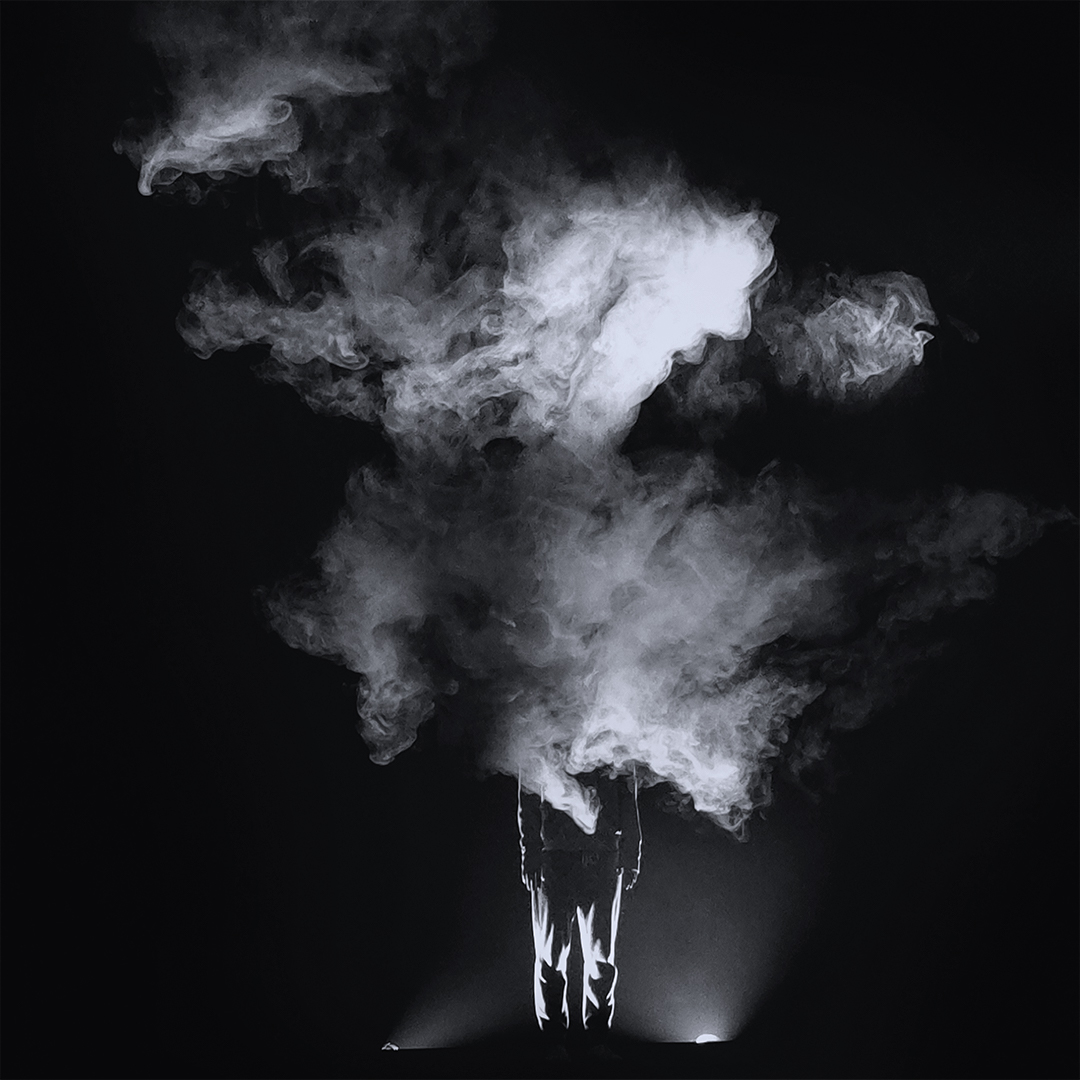


- The second issue is “how to use light to shape the various forms of smoke.”
There are many possibilities with light, we also tried as many kinds of light-generating media as possible, such as traditional lights, computer lights, projection, and laser. The collaboration of the various light sources with smoke all have completely different textures, so there was no need to choose, they just need to be placed in the sections that fit the text.


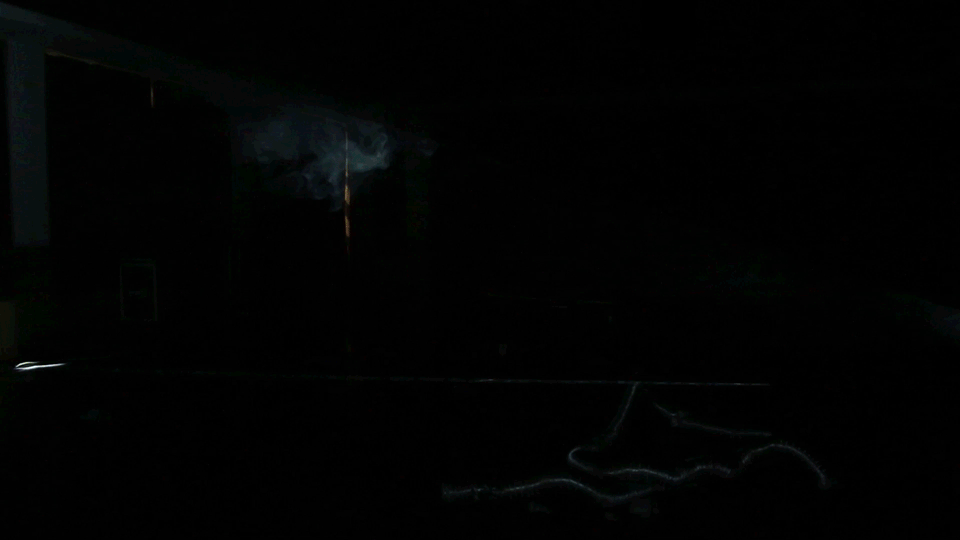
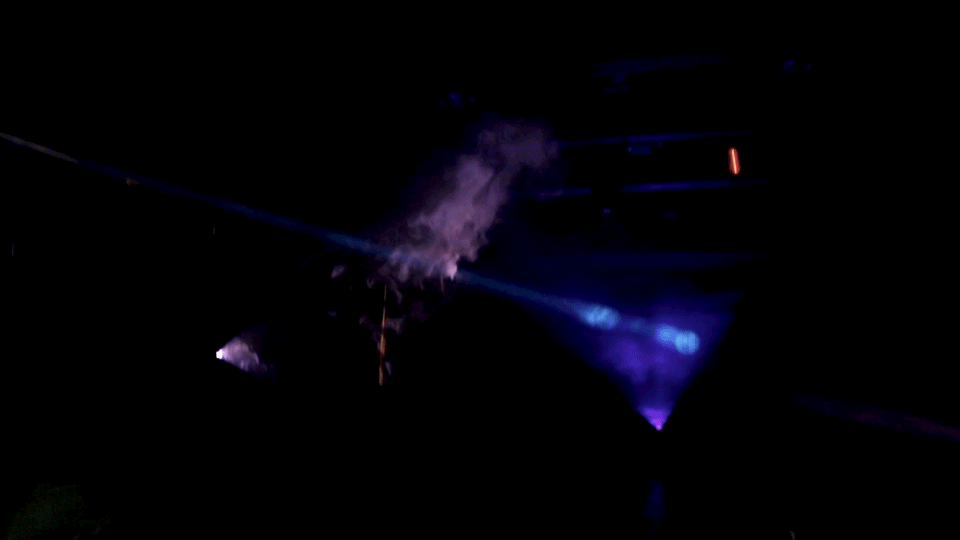
-
For the projection


Optical Flow

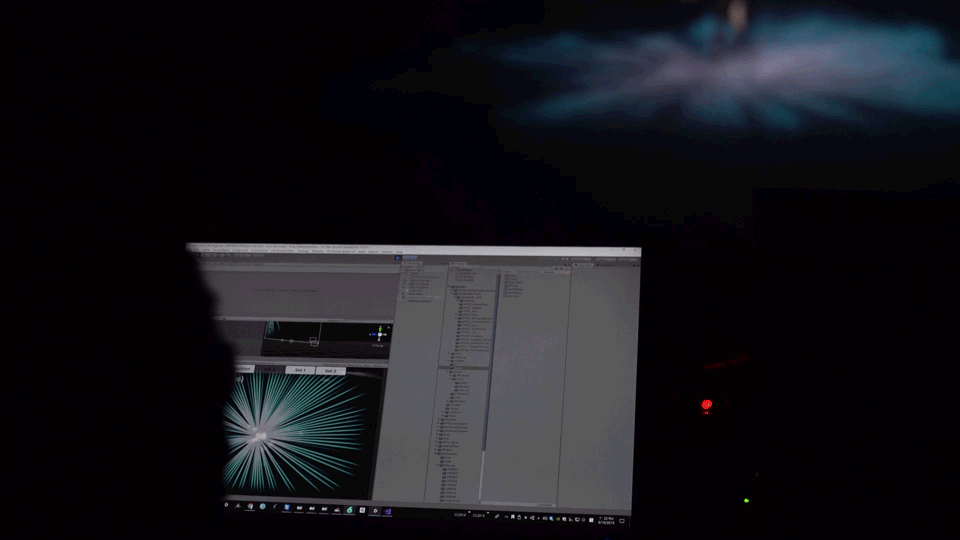
Generative Art
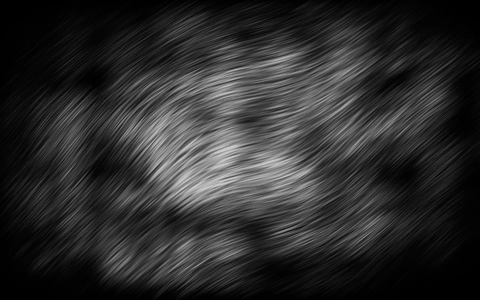

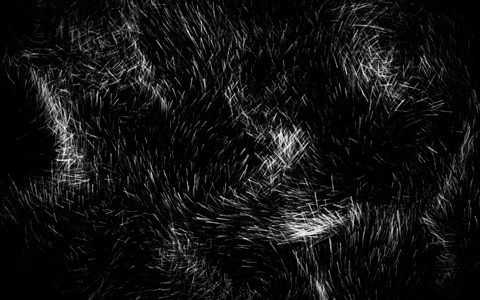
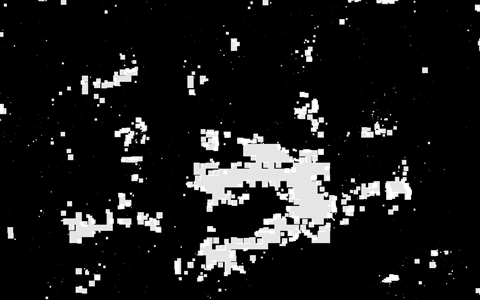
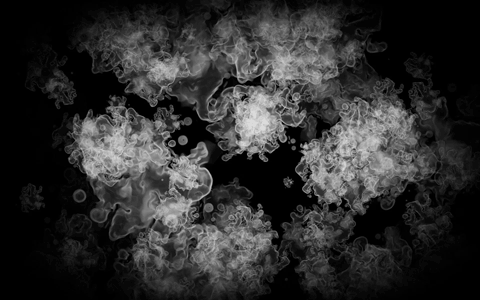

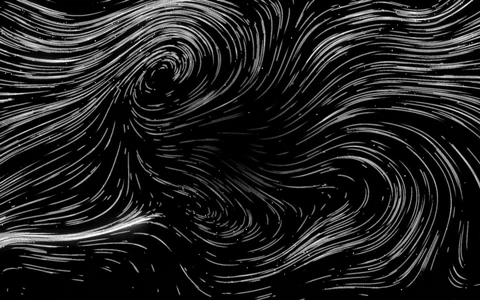
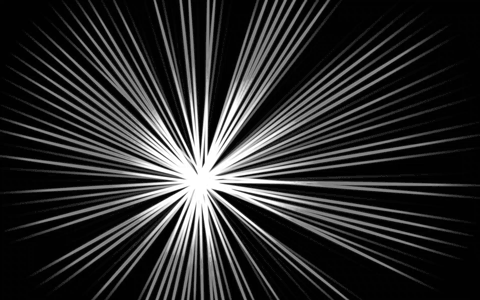
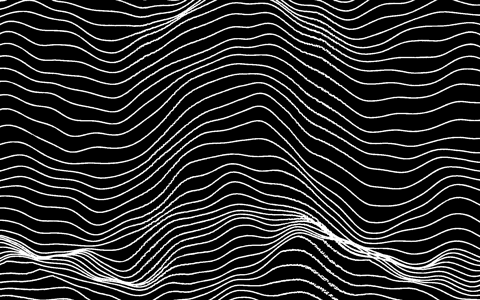
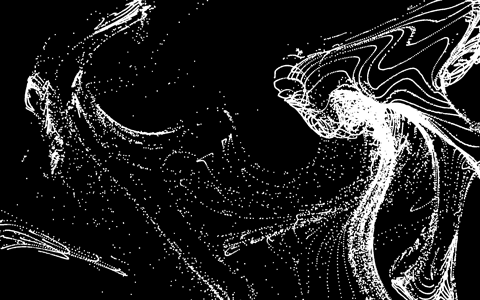
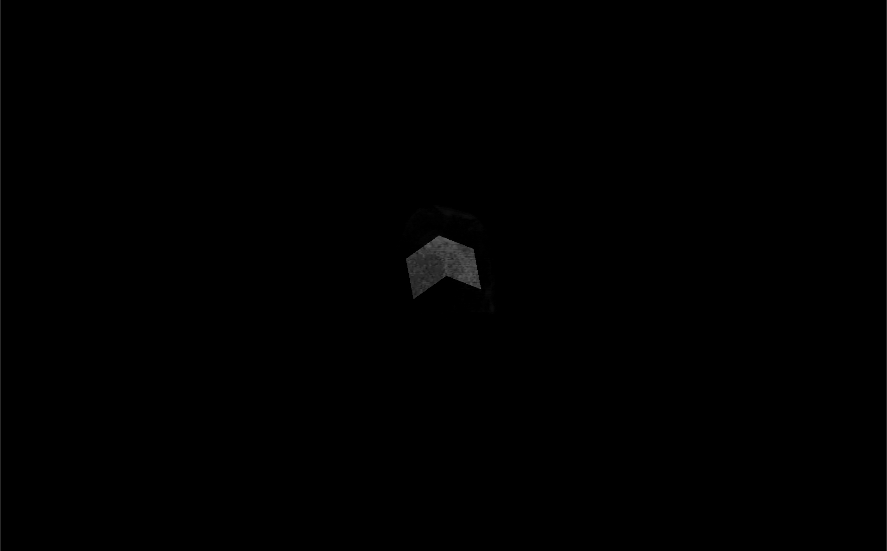


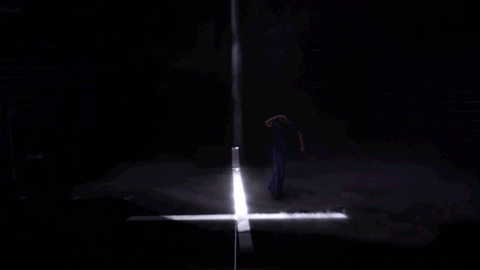
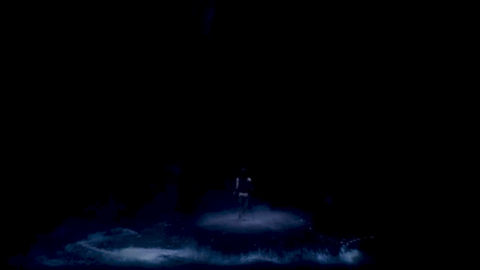
Building of Theater Worker-Oriented System
In the past, when we collaborated with theater workers, we always each used our own systems to process content at the same time. After understanding the concepts (cue, fixture, patch, and channel) and operation (interface arrangement, logic of control, and hardware operation) of the lighting system, we realized that integrating the system into the lighting control platform grandMA2 is a feasible method with significant benefits.
After a series of evaluations and implementations, the team successfully integrated and interlocked Unity and grandMA2 by using the OLA program framework to convert Art-Net signals to OSC signals. After Unity receives the OSC signal, it can be bound to any internal parameters. We, then, discussed the suitable binding method with the lighting control personnel according to the needs.
Under this framework, the logic of controlling the projection visual is consistent with that of computer lights and smoke. The lighting control personnel and stage managers can use the same system to complete all adjustments, scheduling, and performances.
After a series of evaluations and implementations, the team successfully integrated and interlocked Unity and grandMA2 by using the OLA program framework to convert Art-Net signals to OSC signals. After Unity receives the OSC signal, it can be bound to any internal parameters. We, then, discussed the suitable binding method with the lighting control personnel according to the needs.
Under this framework, the logic of controlling the projection visual is consistent with that of computer lights and smoke. The lighting control personnel and stage managers can use the same system to complete all adjustments, scheduling, and performances.



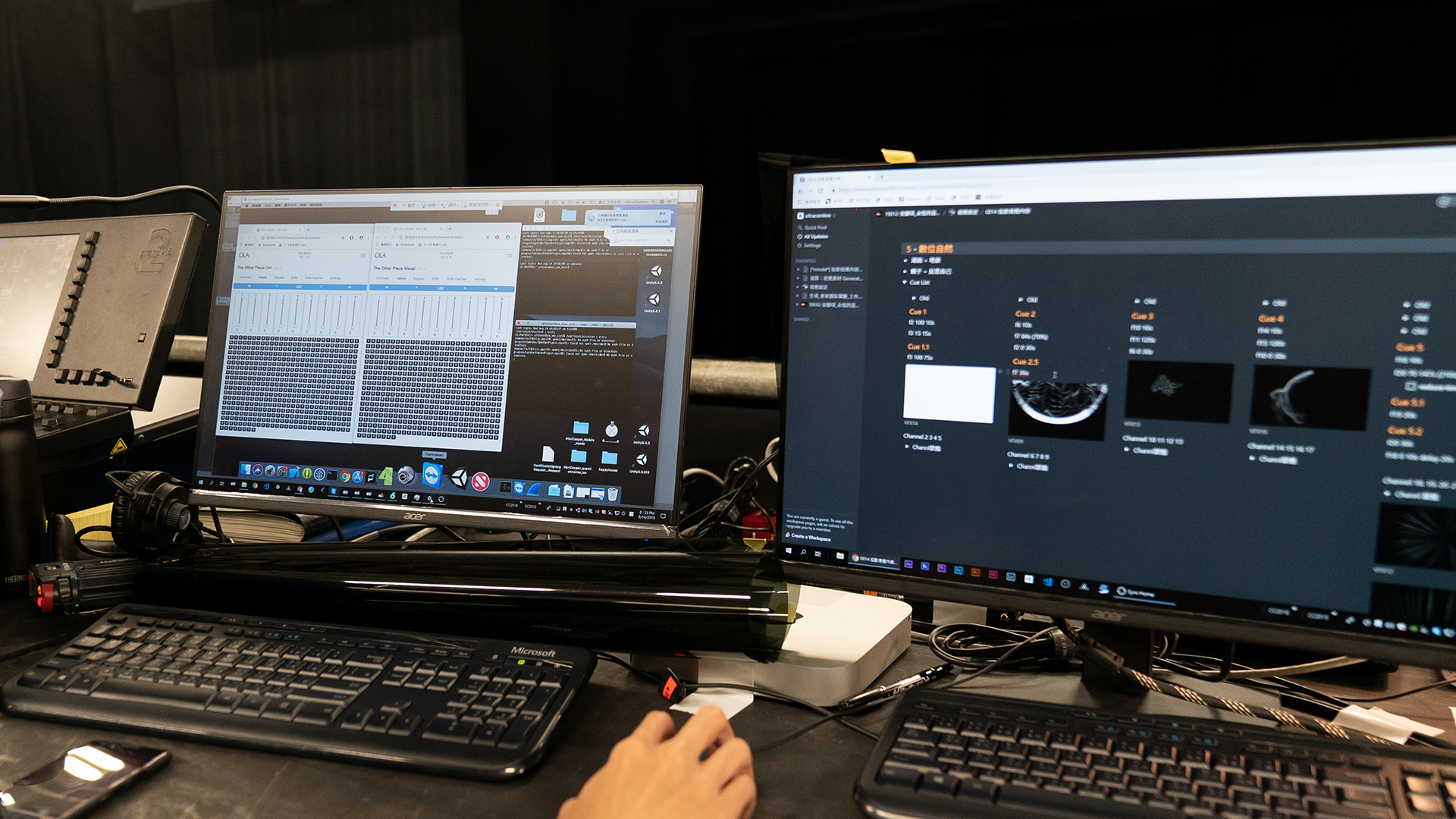
Creative and Production Team
Production:Anarchy Dance Theatre
Director / Choreographer:Jeff Chieh-Hua Hsieh
Production Consultant:Jessie Lin, PROJECT ZERO Performing Arts Management
Dance dramaturg:Xiang-jun Fan
Dancer:Shao-Ching Hung, Chun-Te Liu, Han-Hsing Kan, Hsiao-Tzu Tien, Kuan-Jou Chou, Viktorija Semakaitė
Technology Coordination / Visual Design:Ultra Combos
- Project Manager:Jay Tseng
- Project Producer:Wei-An Chen (@chwan1)
- Art Director:Lynn Chiang
- Generative Art Designer:Ke-Jyun Wu
- Visual Production:Hauzhen Yen, Ting-An Ho, Ayuan Deep
- Programmer:Ke-Jyun Wu, Nate Wu
- Technical Assistant:Herry Chang, Syu, Fang Jing, Chianing Cao, Alex Lu
Technical Coordination:We Do Group
- Lighting Design:Dazai Chen, Yi-Hsin Chen
- Technical Director:Jheng-kuan Lee
- Audio Technical Director:CHOU Wen-Ming
Cloud Design:Shu-Yu Lin
Cloud Design Assistant:Wei Huang, Yu-Liang Lin
Sound Design:Yannick Dauby
Sound Operation:Nigel Brown
Costume Design:JUBY CHIU
Stage Manager:Hsiang-Ting Teng
Production Coordinator:Hsiao-Fan Tai
International Programs Coordinator & Marketing Promotion:AxE Arts Management
Key Visual Design:Shiun-Huan Lee
Video Record:Chen Yishu, Zheng Jingru, Zhang Borui, Foufa Studio (Cai Bingxiao, Zheng Manzi, Wu Zhaochen)
PV:Foufa Studio, Ting-An Ho
List of thanks:Antari Yu'an Lighting Enterprise Co., Ltd., He Youying, Wu Hongyu, Li Jiaru, Li Tingyu, Du Yingying (Qianmo Institute), Director Lin Zhengxun (Taipei Hakka Music and Drama Center), Professor Lin Zhaoan, Lin Zheli, Lin Mi, Bingguan Co., Ltd., Zhang Shanting, Zhang Junhe, Zhang Zheji, Xu Shangyuan (Minwei Video Engineering Co., Ltd.), Xu Youwei, Chen Jialing, Chen Xi, Chen Yanrong, Peng Jiajie, Yang Yixuan, Wen Sini, Wan Yuren, Zhan Haoyu, Liao Yuanyu, Guan Yixiang, Spotlight Workshop, Xie Youcheng, Yan Yining, Luo Yishan
Instructor:Ministry of Culture
Creative support:National Kaohsiung Center for the Arts (Weiwuying), TAIWAN TOP Performing Arts Group
Venue Cooperation:Taipei Hakka Cultural Foundation, Taipei Art Sound Space Network, New Beitou 71 Park, Performance Arts School 36
Sponsors:ChinLin Foundation for Culture and Arts, Interplan Group
Makeup sponsor:Laura Mercier

